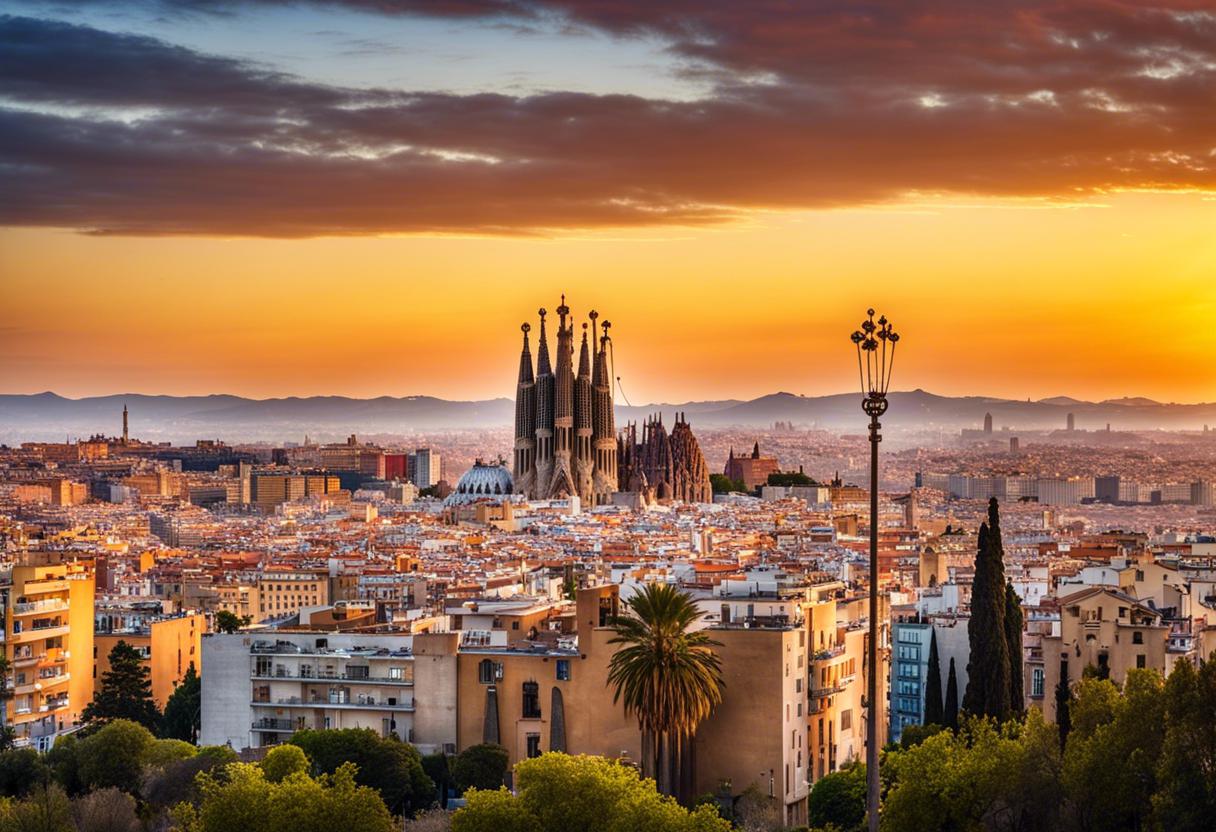The completion of Barcelona’s iconic Sagrada Família basilica, designed by renowned architect Antoni Gaudí, has been scheduled for 2026, a whopping 144 years after construction began. Last Wednesday, Esteve Camps, the president of the committee charged with finishing the basilica, confirmed the target completion date, marking the 100th anniversary of Gaudí’s passing. He claimed they had the necessary resources to wrap up the project, not least the colossal 172.5-metre tower devoted to Jesus Christ, which will make the basilica the tallest building in Barcelona.
Despite the planned overall completion in 2026, work on sculptures, decorative elements and particularly the contentious entry stairway, is predicted to extend till 2034. In 1882, when the first foundation stone was set, the site was surrounded by fields, but the city over the last 14 decades has sprawled around the church. To construct the stairway, which would span two significant city blocks, it would be necessary to move approximately 1,000 families and businesses.
A contention exists amidst Gaudí specialists, but Camps affirms that the stairway was factored into Gaudí’s initial blueprint. He stated, “we are strictly following Gaudí’s designs, as his successors we acknowledge his vision. The 1915 copy of the plan submitted to the local municipality bears Gaudí’s signature and mentions the stairway”. Camps revealed that they are in discussion with Jaume Collboni, Barcelona’s mayor, on this matter since the local government will have the final say. “There’s no absolute certainty regarding when they will conclude,” he added.
Since the commencement of the Sagrada Família, it has faced an array of hurdles, including war, neglect, and financial constraints. The most recent setback being the Covid pandemic, which resulted in a pause in construction for two years. Before mass tourism boosted its finances, the project was to be funded entirely by donations from contrite sinners. This unpredictable funding led many to believe the basilica will never reach completion. Joana Maragall, a poet, once referred to the basilica as “the poetry of architecture … a temple that will never be finished, that is constantly becoming.”
For many years, the tourism industry has been a reliable source of revenue, attracting nearly five million tourists annually who spend between €25 and €40 per head. Around just over half of the approximately €125 million earned contributes towards ongoing construction, but the allocation of the remaining funds remains undisclosed as the church isn’t required to disclose its financial accounts.
In the early throes of the Spanish civil war in 1936, anarchists torched the crypt and ruined Gaudí’s workspace along with his plaster models, which were intended as guidelines for future architects to continue the project. Architect Lluís Bonet i Garí managed to salvage the fragments and laboriously reconstructed Gaudí’s designs. The intricacies of translating Gaudí’s vision into a tangible structure were managed by Mark Burry, a New Zealand architect, who utilised aeronautical software.
While the Sagrada Família is presently esteemed as one of the marvels of the contemporary world, it didn’t always enjoy such acclaim. The illustrious Salvador Dalí referred to its “terrifying and edible beauty”. Conversely, George Orwell thought it was “one of the most atrocious edifices on the planet” and ironically noted that the anarchists lacked discernment for not destroying it when presented the opportunity. – Guardian

